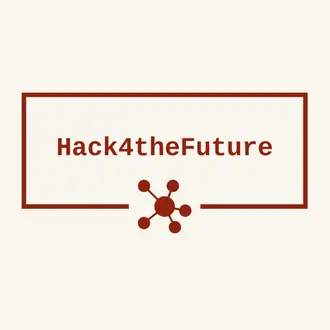Credit: Hedgehog Digital on Unsplash
CAMBRIDGE, Mass., May 26, 2021 – While there has been much focus on morbidity and mortality rates due to COVID-19, reluctance to seek necessary medical including emergency care had a secondary impact on health. A recent study by MIT Sloan School of Management and MIT Sloan Postdoctoral Fellow Christopher Sun, in collaboration with members of Boston Emergency Medical Services, measured this reluctance and how it led to higher rates of out-of-hospital cardiac arrest (OHCA) and overall worse health outcomes.
Their paper, “Worse cardiac arrest outcomes during the COVID-19 pandemic in Boston can be attributed to patient reluctance to seek care” was released today by Health Affairs and will be published in the journal’s June 2021 issue. Their coauthors at Boston EMS include Sophia Dyer, James Salvia, and Laura Segal.
“Boston EMS, the city of Boston’s municipal ambulance service, is dedicated to patient care. As the pandemic developed, we were interested in working with partners, such as MIT researchers, to better understand our patient experience and inform the service we provide,” explained Sophia Dyer, Boston EMS’ Medical Director.
“Positive cardiac outcomes are highly dependent on timely treatment following the onset of symptoms, yet many cardiac patients during the pandemic avoided or delayed calling emergency medical services or even refused transportation to a hospital,” says Levi.
Sun, who is also a postdoctoral fellow in Healthcare Systems Engineering at Massachusetts General Hospital, notes, “We found that the increase in OHCAs was strongly associated with increased reluctance to call EMS. Secondary effects of the pandemic included increased confusion and fear of seeking treatment, especially in poorer neighborhoods already susceptible to higher levels of mistrust in the healthcare system.”
Their study showed that during the initial COVID-19 wave, cardiac-related EMS calls decreased by 27.2%, calls with hospital transportation refusal increased 32.5%, and OHCA incidence increased 35.5%, compared to historical baselines. This implies that patients avoided or delayed calling EMS and were reluctant to use hospital services. While EMS personnel may encourage patients to be transported, patients have the right to refuse. OHCA incidence was significantly associated with decreased cardiac-related calls, but not with COVID-19 infection rates.
Interestingly, when COVID-19 infection rates decreased and public health advisories to stay home were relaxed, patient reluctance to seek emergency care and OHCA incidence remained elevated.
Given this reluctance to obtain care during subsequent COVID-19 waves and the heightened effect of this on vulnerable communities, the researchers say it is important to explore outreach and educational mechanisms to promote timely care through appropriate services.
Levi says, “This is a complex issue, while we don’t know the particular situation for each patient and contributing factors, we do know there were a lot of unknowns initially, there was fear of infection, routine clinical visits were postponed, and people were more isolated. Further research is necessary to better identify both causes and potential interventions.”
About the MIT Sloan School of Management
The MIT Sloan School of Management is where smart, independent leaders come together to solve problems, create new organizations, and improve the world. Learn more at mitsloan.mit.edu.



